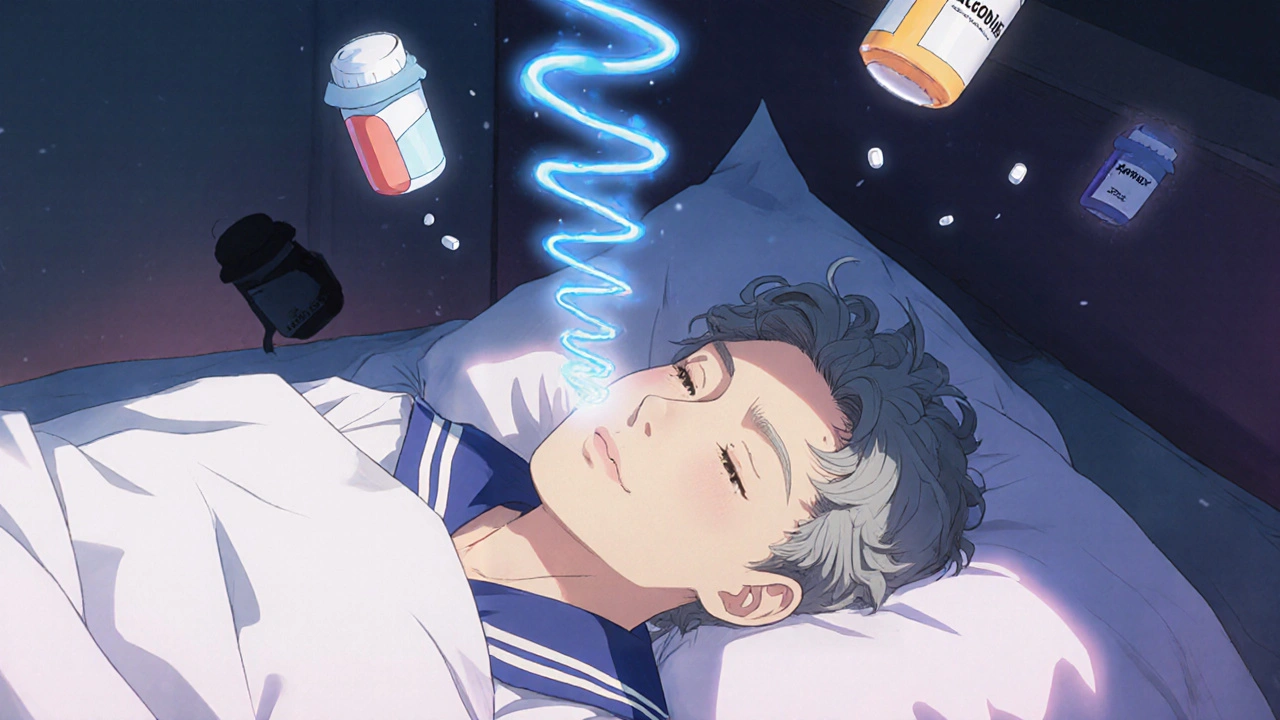Opioid Overdose: Signs, Risks, and What to Do Now
When someone experiences an opioid overdose, a life-threatening reaction caused by too much opioid in the body, often leading to stopped breathing. Also known as opioid poisoning, it happens when drugs like heroin, fentanyl, oxycodone, or even prescribed painkillers overwhelm the brain’s ability to control breathing. This isn’t rare. In the U.S. alone, over 70,000 people died from opioid overdoses in 2022. Most of these deaths are preventable—if you know what to look for and how to act.
The biggest danger? fentanyl, a synthetic opioid 50 to 100 times stronger than morphine, often mixed into other drugs without the user’s knowledge. People think they’re taking heroin or pills, but a tiny amount of fentanyl can shut down their breathing in minutes. That’s why overdoses happen so fast—and why you can’t wait for emergency services. The key tool to reverse this is naloxone, a medication that blocks opioids from binding to brain receptors and restores normal breathing within minutes. Naloxone isn’t a cure, but it buys you time. It’s safe, easy to use, and available without a prescription in most places.
Recognizing an overdose is simple: look for three signs. First, the person is unresponsive—no reaction to loud noises or shaking. Second, their breathing is slow, shallow, or gone. Third, their lips or fingertips turn blue or gray. If you see this, call 911 immediately, then give naloxone if you have it. Even if they wake up, they still need medical care. Opioids can return to the system after naloxone wears off, and another overdose can happen.
Many people avoid helping because they’re scared of legal trouble. But Good Samaritan laws in most states protect you if you call for help during an overdose. You won’t get arrested for trying to save a life. And naloxone doesn’t work on non-opioid drugs like cocaine or alcohol—so if you’re unsure, give it anyway. It won’t hurt someone who didn’t take opioids.
Prevention matters too. People struggling with opioid addiction often don’t realize how dangerous their dose has become. Tolerance changes. A pill that once felt fine can now kill. That’s why carrying naloxone isn’t just for addicts—it’s for friends, family, coworkers, even strangers. You don’t need to be a doctor to keep someone alive.
The posts below give you real, practical advice: how to use naloxone correctly, what to do after giving it, how fentanyl is changing the overdose landscape, and why some recovery programs work better than others. You’ll find clear comparisons, step-by-step guides, and stories from people who’ve been there. This isn’t theory. It’s what saves lives.

Combining benzodiazepines and opioids dramatically increases the risk of fatal respiratory depression. This deadly interaction suppresses breathing more than either drug alone, leading to thousands of preventable overdose deaths each year.
Read More